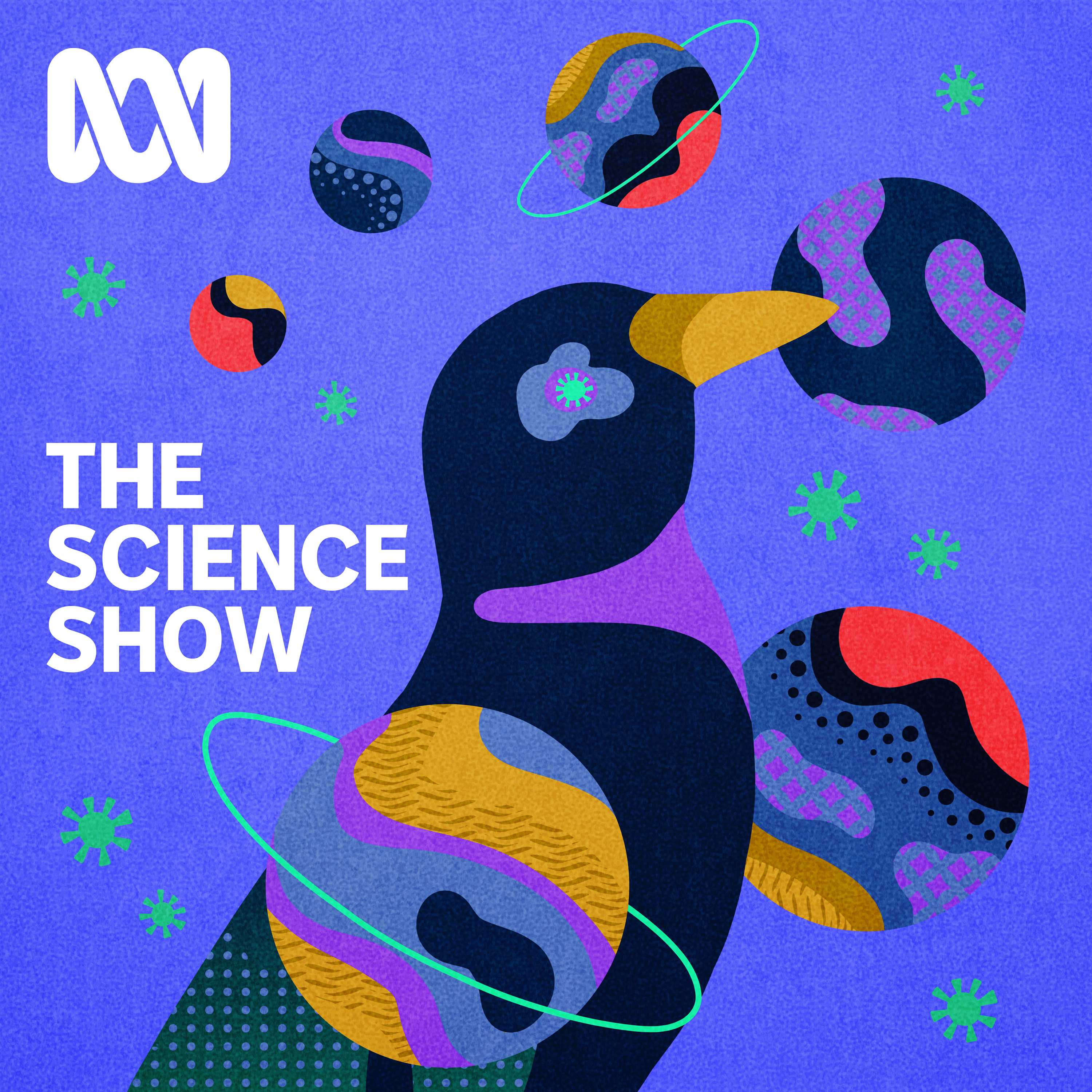
Science Extra: More auroras in store?

The Science Show
Deep Dive
Why are we seeing more auroras and what causes this phenomenon?
We are seeing more auroras because we are currently in the solar maximum, the peak of an 11-year solar cycle. During this period, the sun produces more sunspots, which release massive flares of plasma. When this plasma reaches Earth and interacts with our magnetic field, it creates the auroras. The cycle is marked by the sun's magnetic fields flipping, causing increased solar activity.
Why does the sun have an 11-year cycle and what happens during this cycle?
The sun has an 11-year cycle due to changes in its magnetic fields. During the cycle, the number of sunspots increases to a peak (solar maximum) and then decreases to a minimum. At the peak, the sun's magnetic fields flip, with the north becoming south and vice versa. This cycle has been observed since the 1700s, and we are currently in solar cycle 25.
Why do we expect 2025 to be a big year for auroras?
2025 is expected to be a big year for auroras because we are currently in the solar maximum phase, which is the peak of the 11-year solar cycle. This period is characterized by increased solar activity, including more sunspots and solar flares, which lead to more frequent and intense auroras. The predicted maximum is mid-next year, but the effects will likely continue for at least another year.
Why do photos of auroras look better than what we see with our eyes?
Photos of auroras look better than what we see with our eyes because cameras can collect light over a longer exposure time. Human eyes can only collect light for a fraction of a second, while cameras can collect light for several seconds, capturing more detail and color. Additionally, human night vision is not as sensitive as camera sensors.
Why did astronauts on the Boeing Starliner stay longer on the space station, and what does this mean for future space missions?
Astronauts on the Boeing Starliner stayed longer on the space station due to safety concerns. The spacecraft experienced issues such as helium leaks and control malfunctions during its first crewed test flight. NASA and Boeing prioritized safety, extending the mission to ensure all systems were thoroughly tested. This delay highlights the importance of safety in space travel and the need for multiple reliable spacecraft options for future missions to the moon and Mars.
What is the significance of the SKA Low telescope being built in Western Australia?
The SKA Low telescope being built in Western Australia is significant because it will be one of the largest radio telescopes in the world. It will detect low-frequency radio signals, allowing scientists to study the early universe, including the formation of the first stars and galaxies. The telescope will complement the James Webb Space Telescope and provide insights into the colder universe and intensely energetic phenomena like black holes.
What is the impact of the agreement between the Australian Government and the Wajarri Yamatji people on the SKA Low telescope project?
The agreement between the Australian Government and the Wajarri Yamatji people ensures the protection of cultural and environmental heritage at the SKA Low telescope site. It allows for the construction of the telescope while respecting and preserving important cultural sites. The agreement also provides employment, commercial, and educational opportunities for the Wajarri Yamatji people, demonstrating a partnership that balances scientific advancement with cultural respect.
What is a fire tornado, and why is it significant in fire science?
A fire tornado is a rare and intense phenomenon where a fire becomes so energetic that it creates its own tornado-like vortex with tornado-strength winds. The first confirmed fire tornado was captured in Canberra in 2003, marking a significant breakthrough in fire science. This event revealed a new type of fire behavior that does not follow traditional rules, challenging existing firefighting methods and highlighting the need for new scientific understanding and safety protocols.
Why are fire tornadoes becoming more common, and what role does climate change play?
Fire tornadoes are becoming more common due to prolonged dry spells and increased fuel availability, which allow fires to burn hotter and spread faster. Climate change exacerbates these conditions, leading to more frequent and intense fires. Since the year 2000, there has been a significant increase in fire-generated thunderstorms, which can produce fire tornadoes. This trend is observed globally, indicating that climate change is a major contributing factor.
What are the challenges in building the SKA Low telescope in such a remote area?
Building the SKA Low telescope in a remote area of Western Australia presents several challenges, including the need to construct roads, power, and fiber distribution infrastructure. The site must be radio quiet, requiring strict control over radio frequency noise. The extreme heat and remote location also pose logistical and safety challenges. Despite these obstacles, the project aims to complete the telescope by 2029, with the first light milestone expected in early 2025.
Shownotes Transcript
More than 30 years ago, astronomers came up with the bold idea to build the world’s biggest radio telescopes.
One is now taking shape in the Western Australian outback, where scientists and engineers are installing more than 130,000 Christmas-tree-shaped antennas onto the red earth.
And those stunning auroras over the past year? There’s a good chance we’ll see more colourful displays in 2025.
All that and more with ABC Science digital executive producer Genelle Weule and University of Sydney astronomer and 2024 ABC Science Top Fiver Dr Laura Driessen.